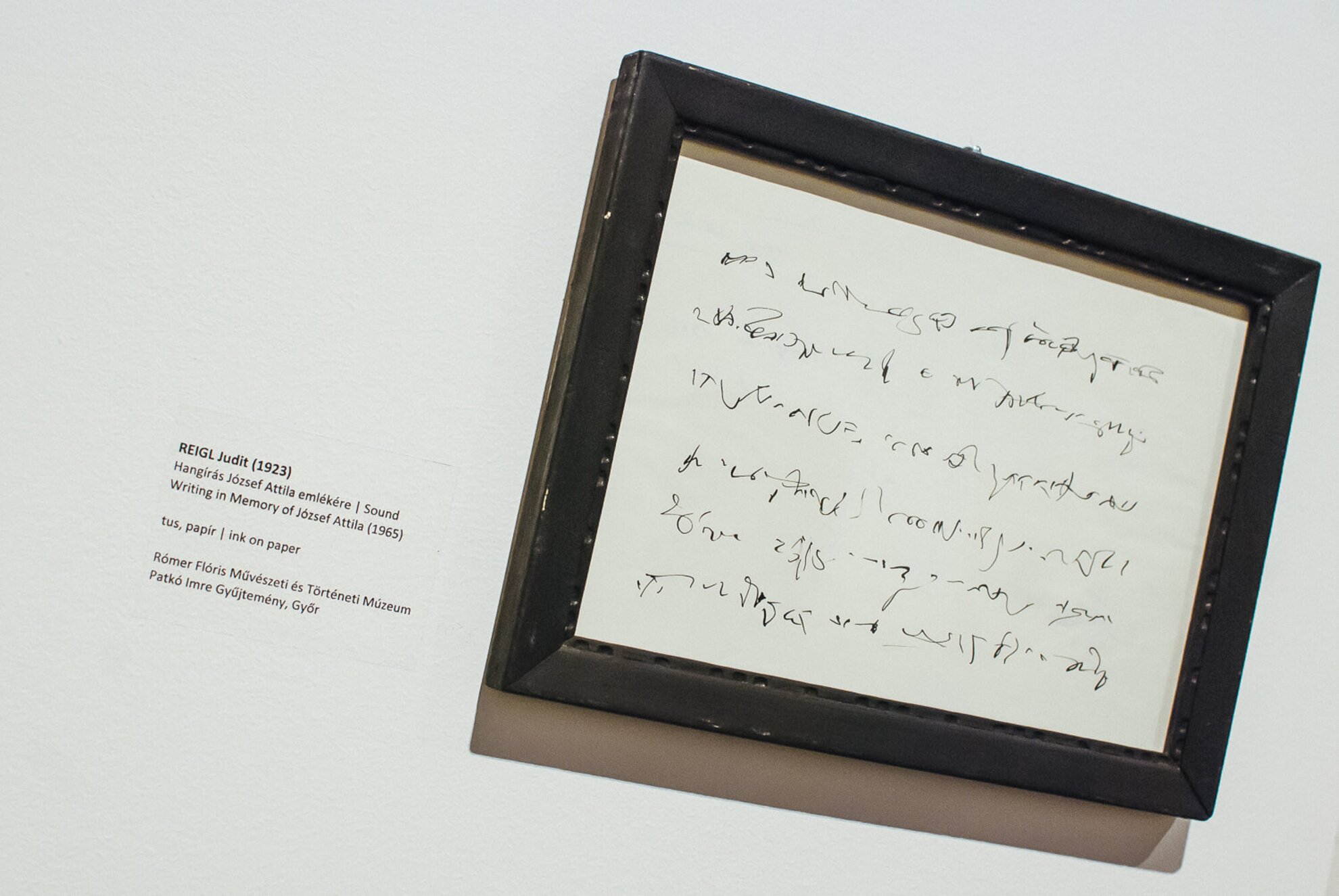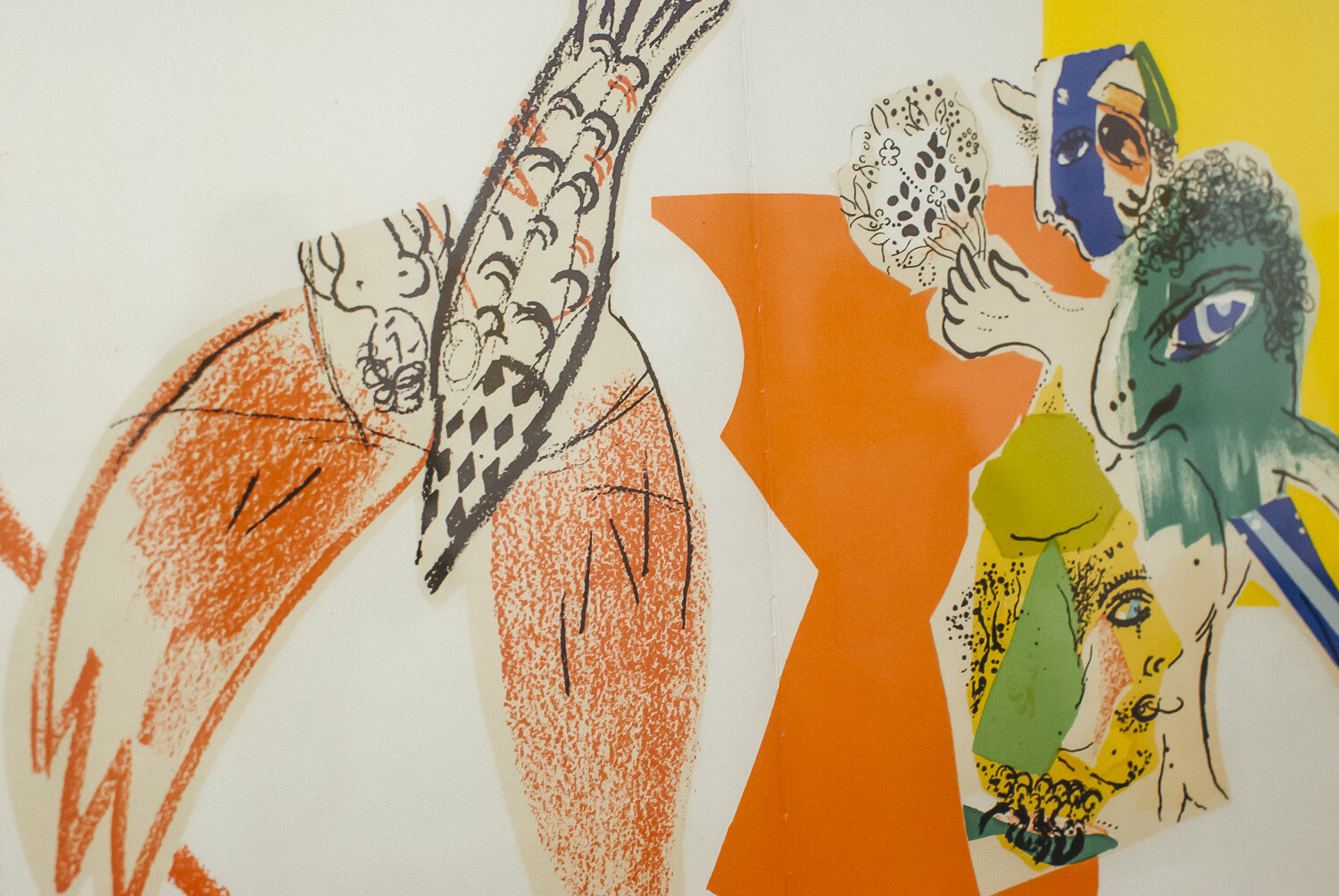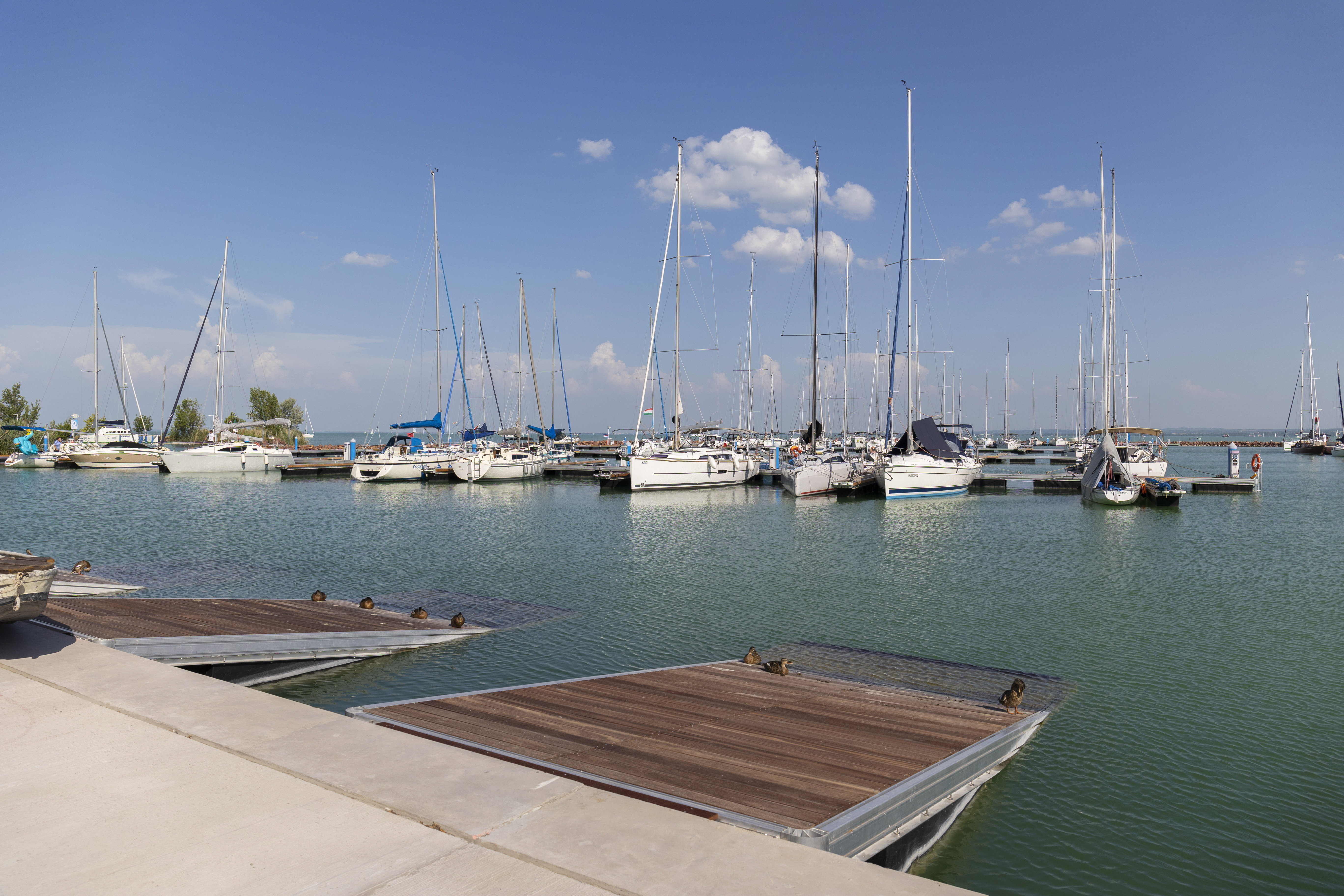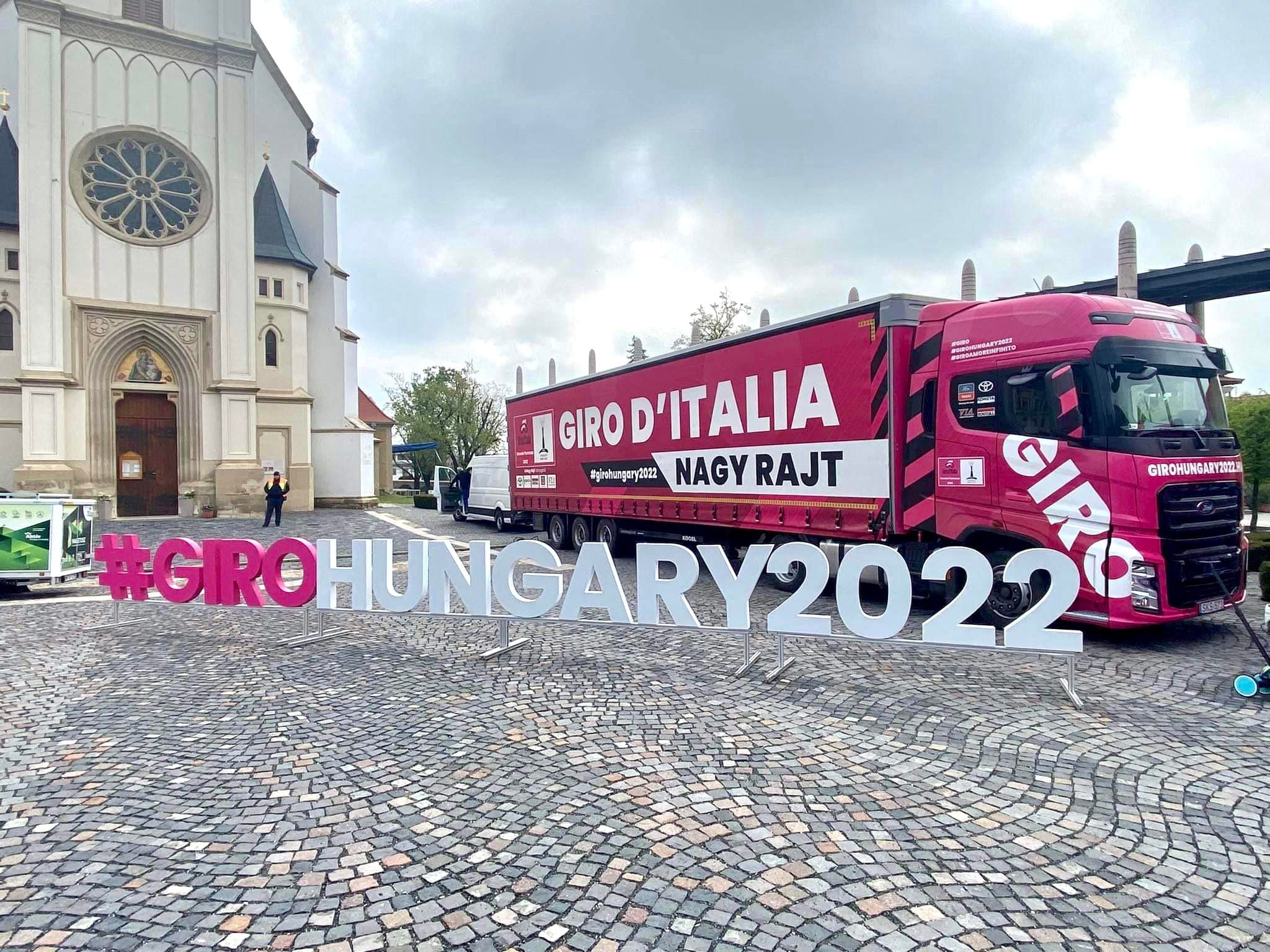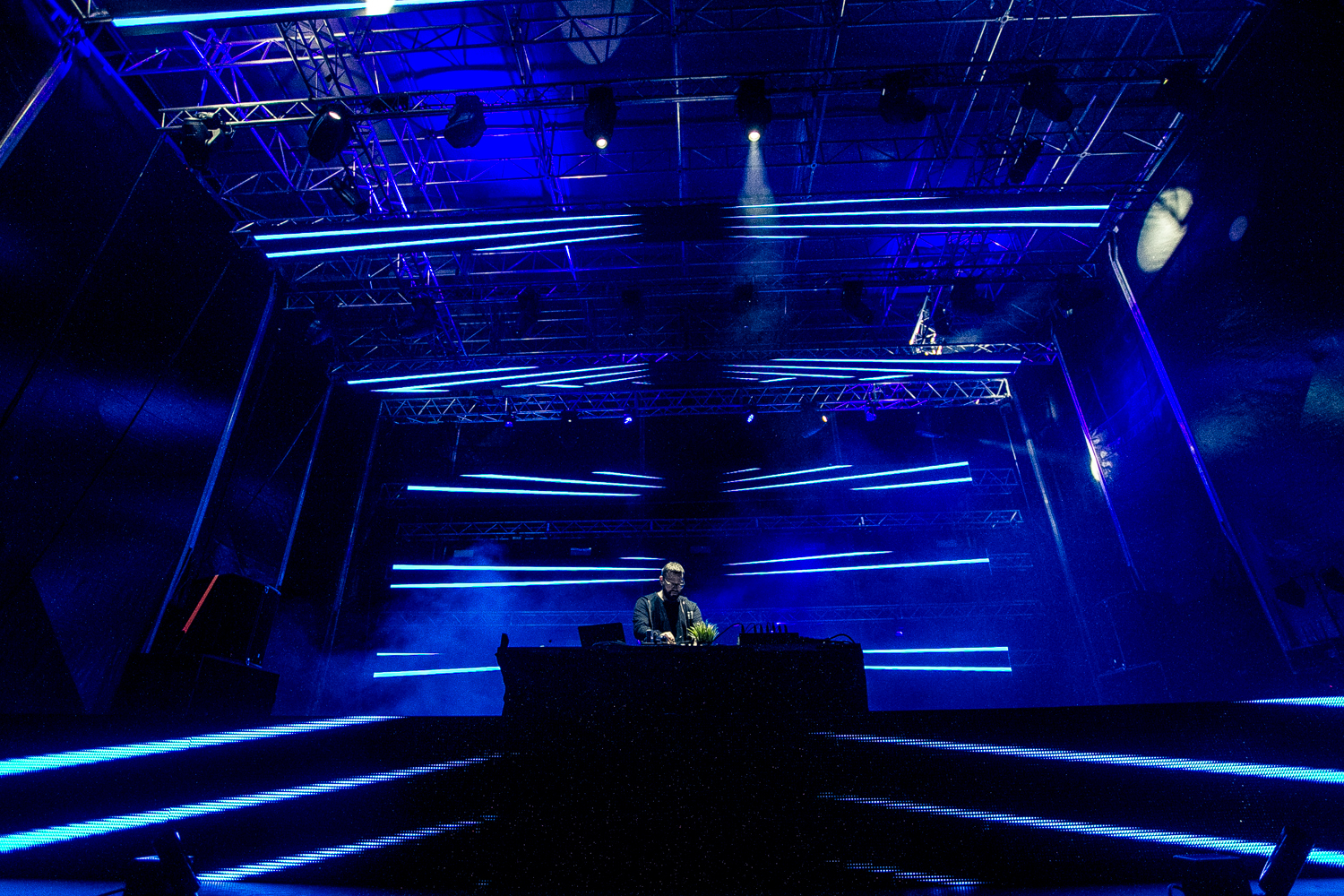War in the drawer - Art and artists in the First World War, Vaszary Villa, Balatonfüred
With its unprecedented terrors and personal tragedies, World War II often overshadows the events of World War I. On the 100th anniversary of its outbreak, it's time to look the Great War in the face again - and the Vaszary Villa in Balatonfüred provides an out-of-ordinary opportunity for this.
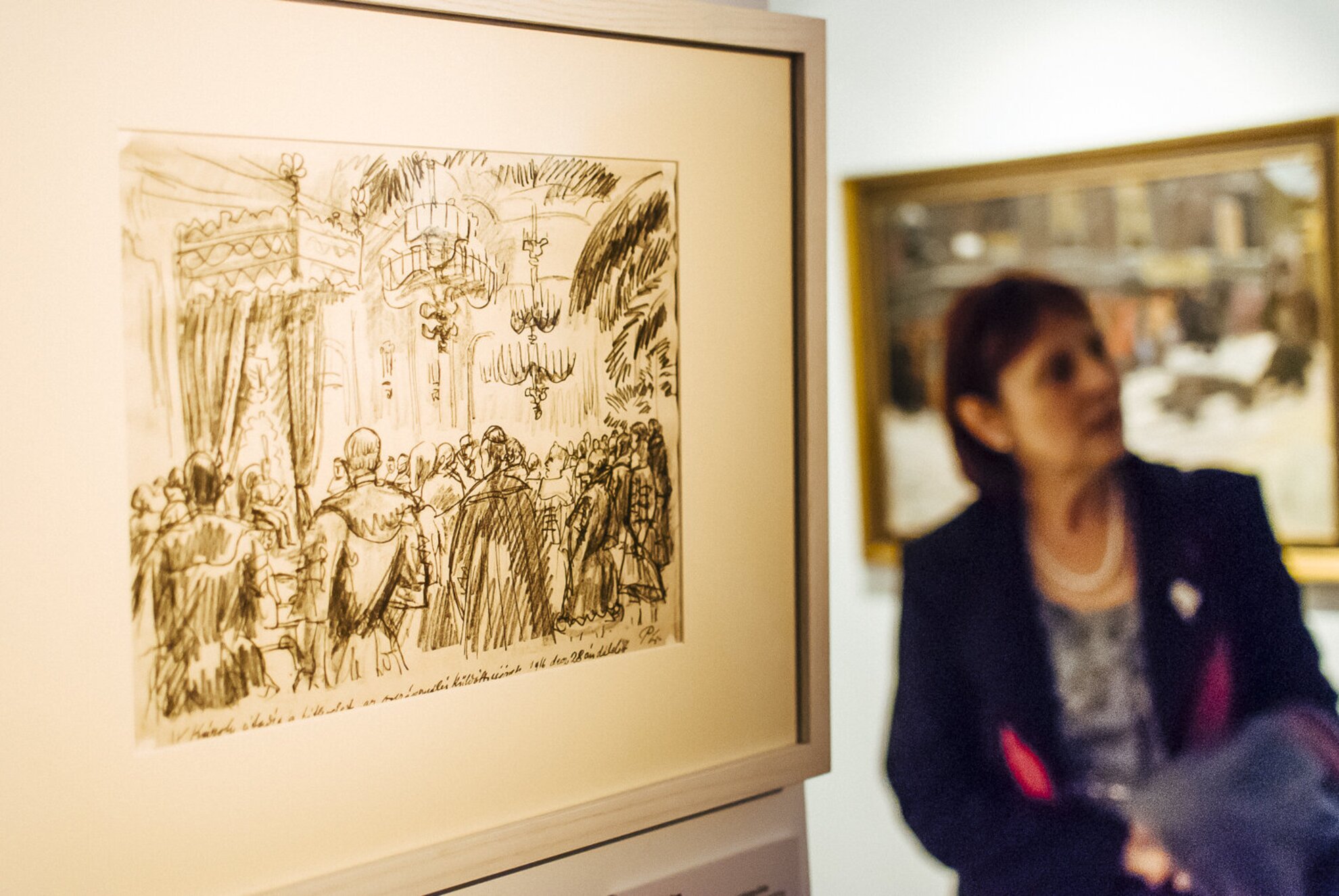
Instead of missing limbs and wounded soldiers, the exhibition focuses on war propaganda posters, generals' portraits and forces ardently marching to war. The reality of the war is clearly missing from them pictures picked by the curators, Enikő Róka, Eszter Balázs and György Szűcs - and its screaming absence gives a certain tension to the exhibition. Since we didn't see anything shocking, the question arose already after the first room: where did these artists spend the war if there was no suffering, blood or fighting?
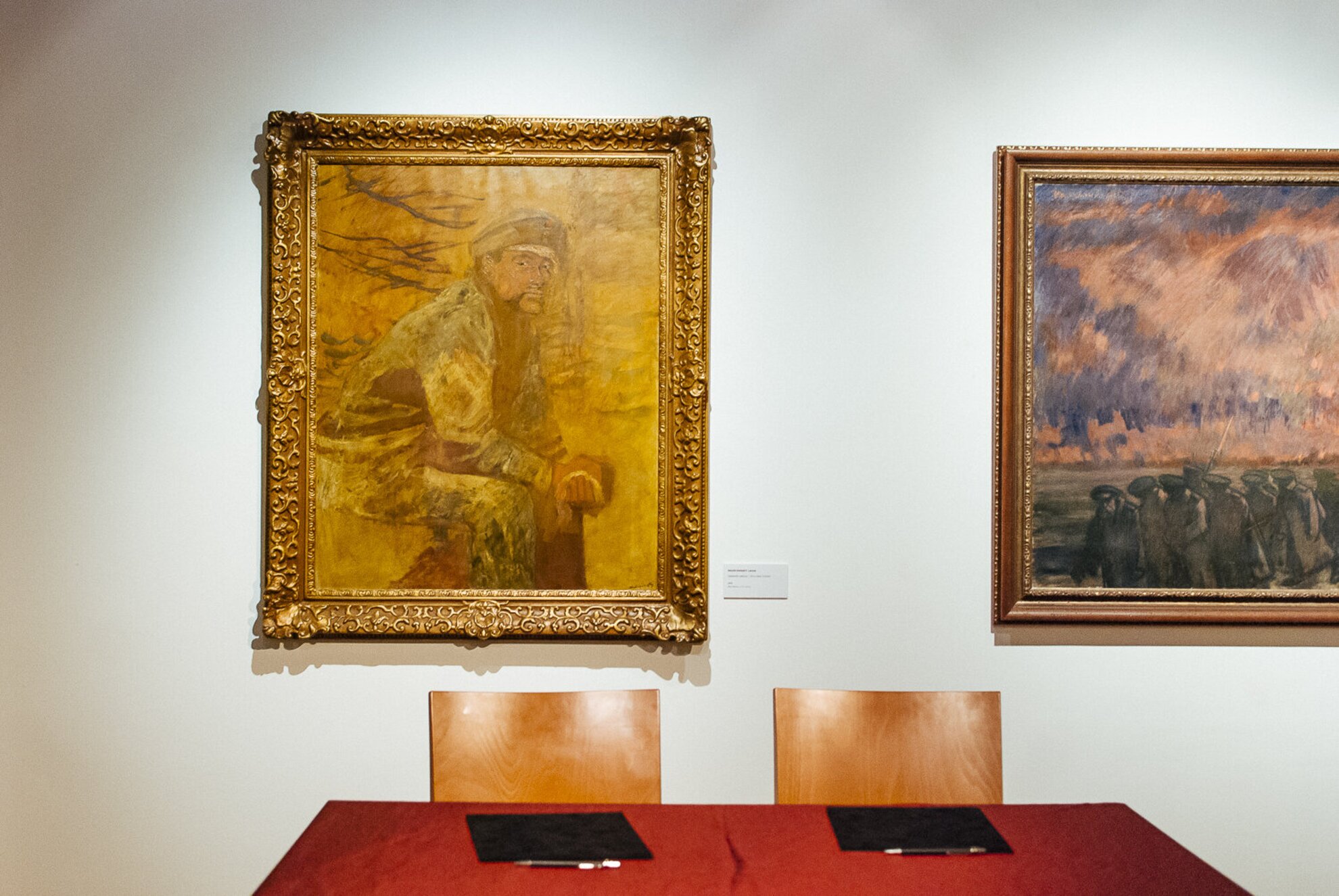
The sense of absence is not accidental. The painters who were not enlisted could only sense anything of the events on the lines through the everyday life of the hinterland and military mobilisations at most. For many of them, war would have been the peak point of euphoria, but the authorities imposed strong restrictions on their scope of movement. Thus, instead of the realistic depiction of battlefields, they had to stick with grim landscapes, commissioned military genre paintings and motivational posters smelling of propaganda.
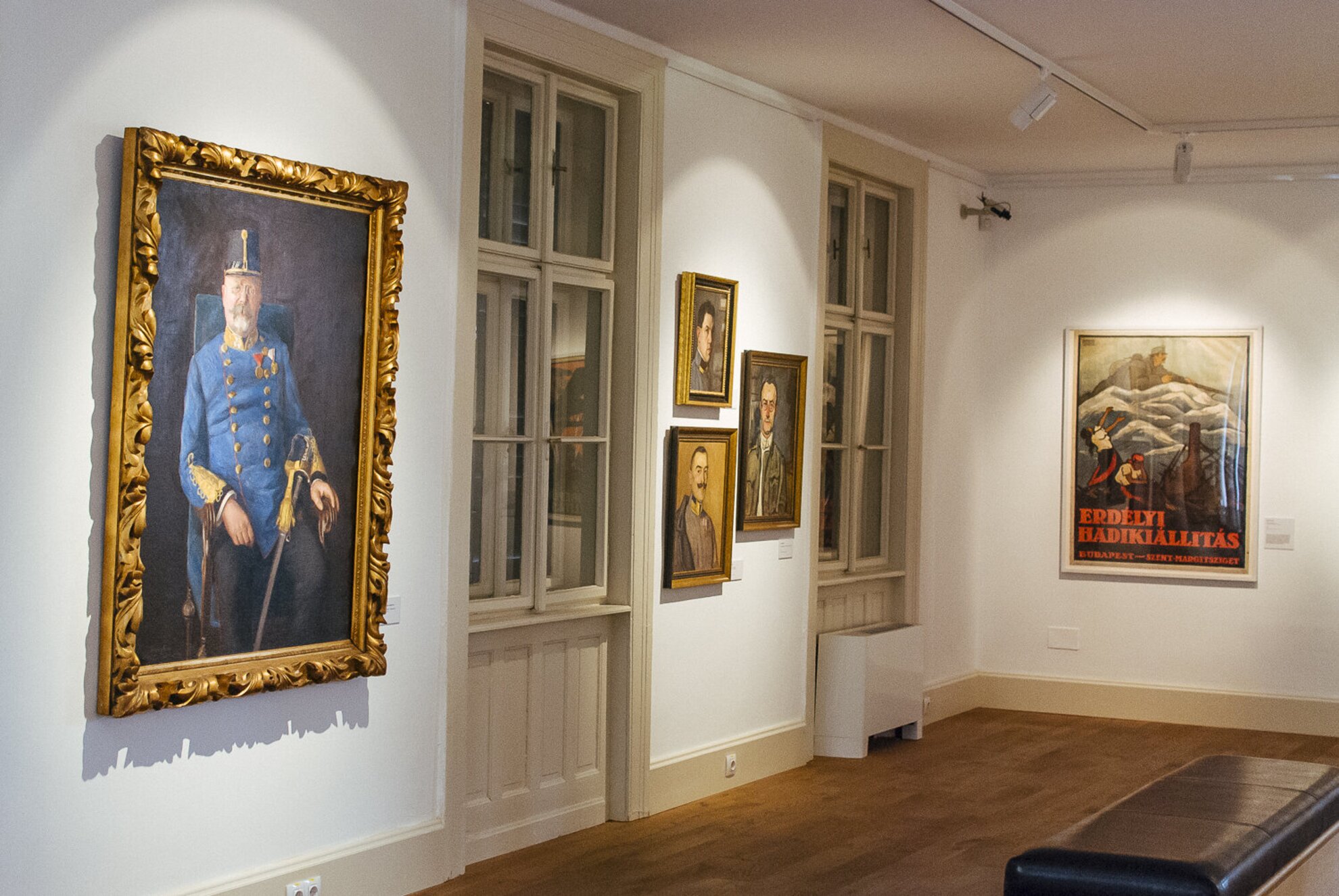
The most characteristic poster of the period was the one promoting war loan, but there was also an educational movie about war invalids, and a poster was painted of Franz Joseph I. praying for his countries. The most of the exhibited posters were done by one of the best known graphic artists of the period, Mihály Bíró.
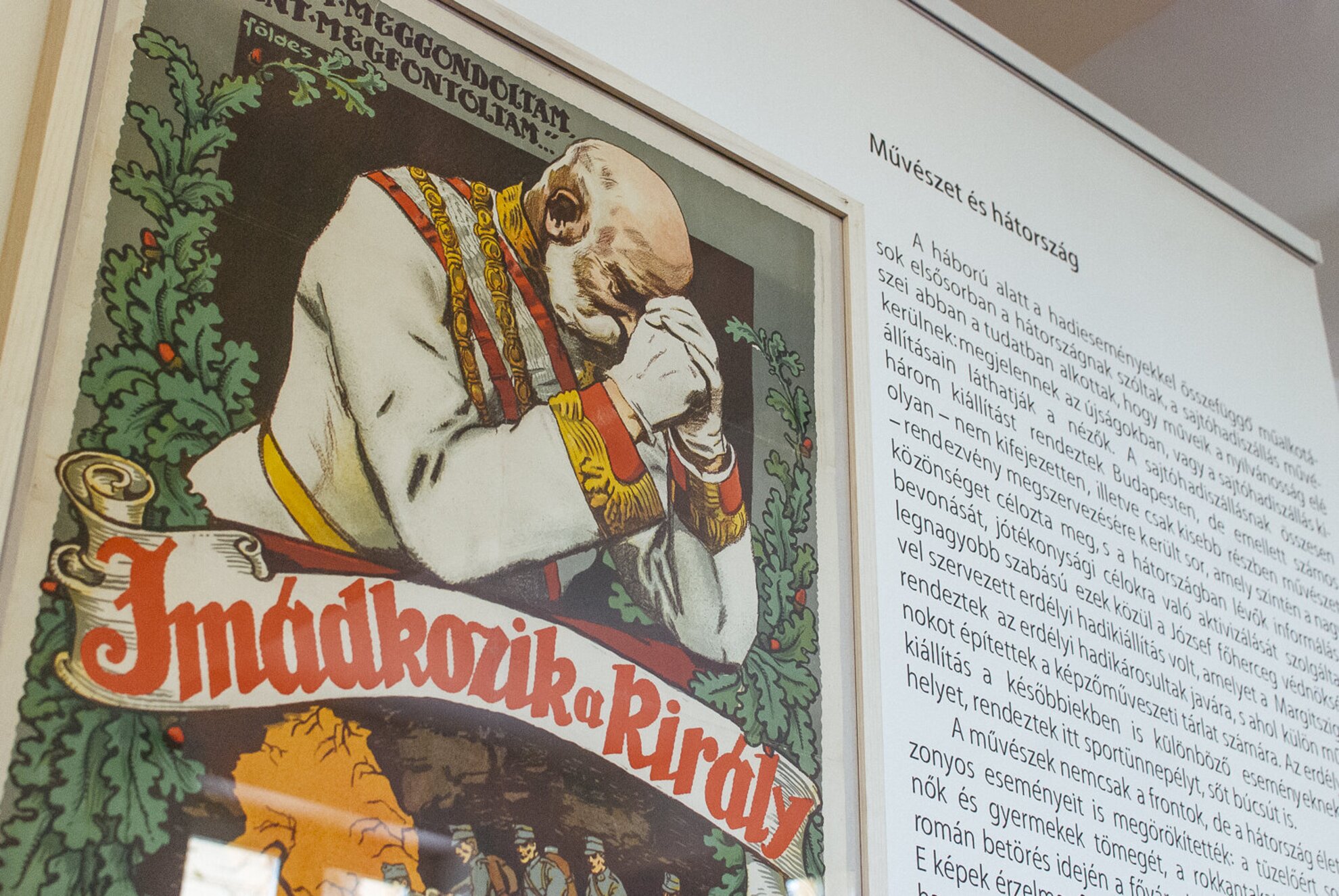
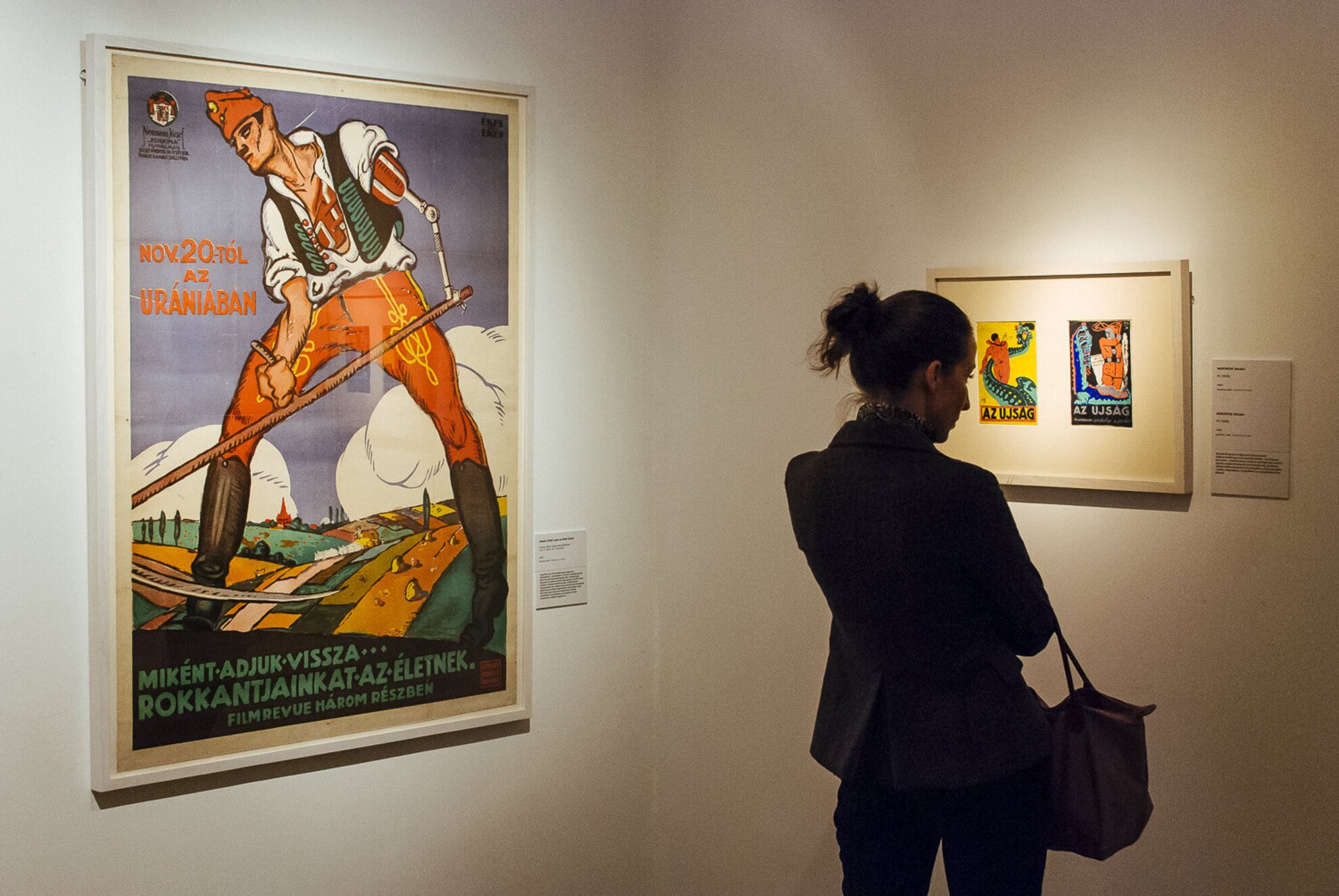
Beyond the portraits of soldiers radiating determination, there are also beautiful or moving moments from everyday life. One of the most beautiful pieces is, for example, the picture of a soldier bidding farewell to his mother. Better known painters exhibited here are József Egry, Bertalan Pór, László Mednyánszky, and János Vaszary.
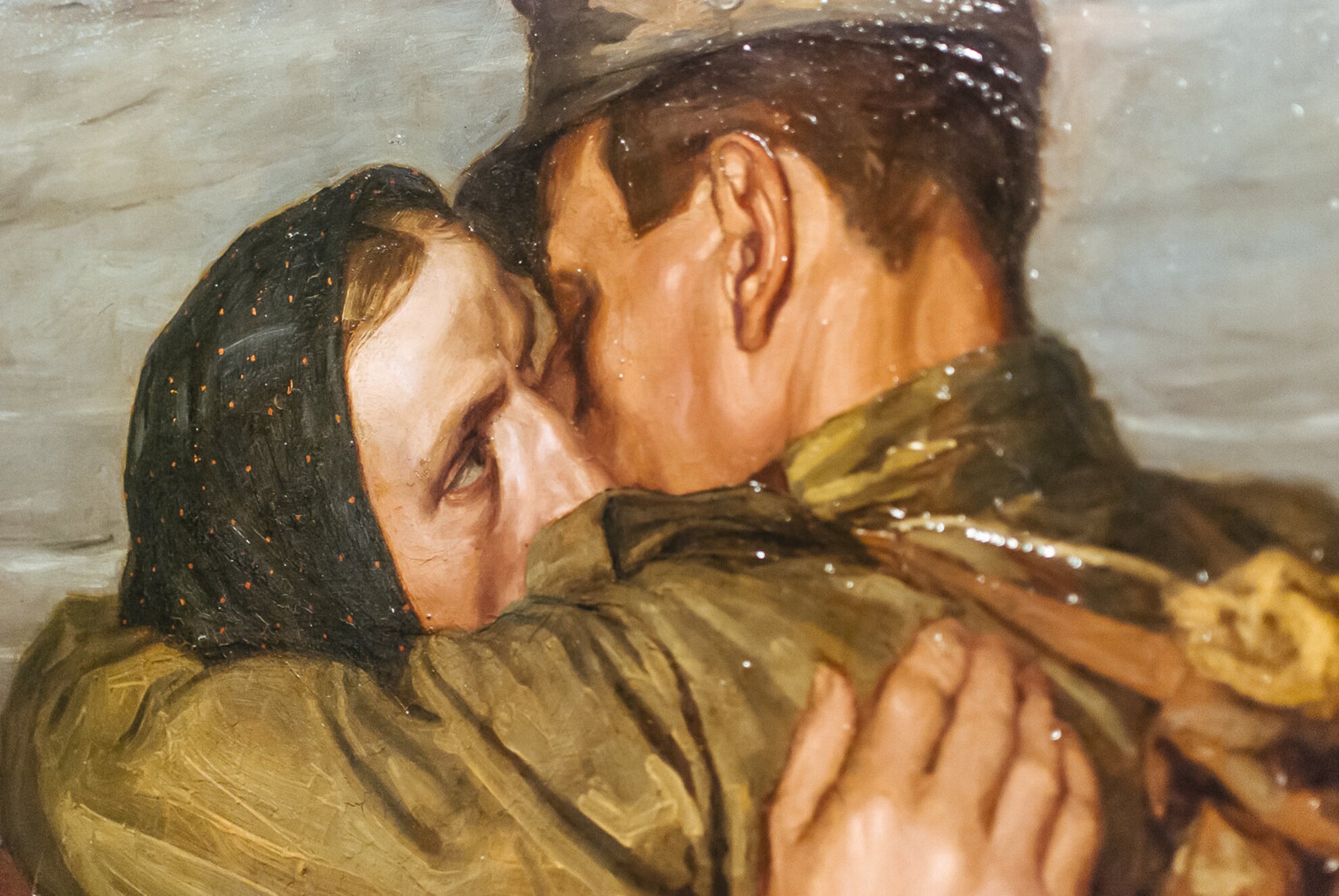
Abstract Reality - KOGART Tihany
Tihany is the coolest village of Europe, to which fact the art gallery KOGART Tihany has definitely contributed a lot. The new exhibition of the gallery was selected from two 20th century private collections, which were gathered with entirely different goals in mind. The exciting exhibition was named Abstract Reality - Avant-garde endeavours in 20th-century European graphic art.
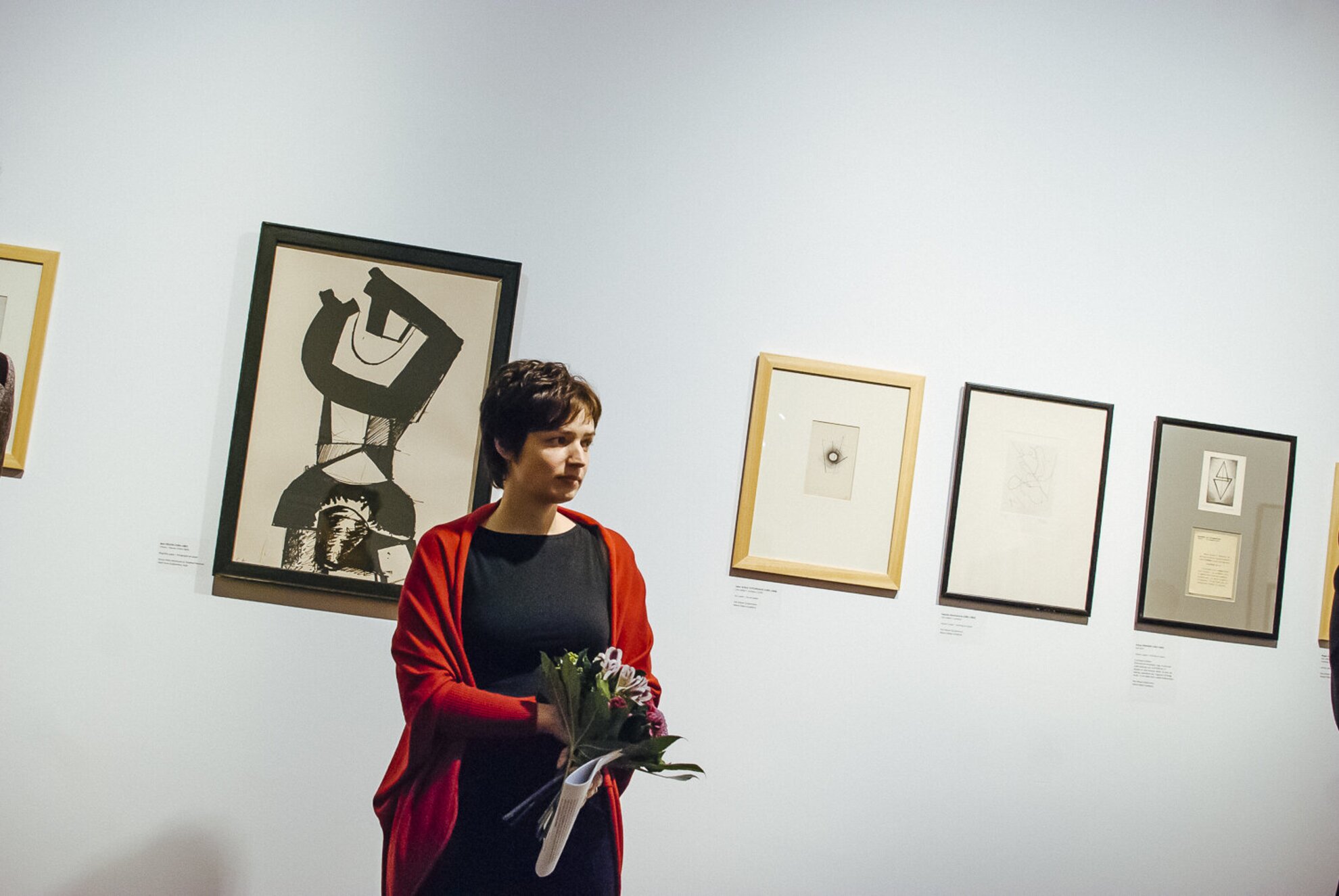
Imre Patkó is one of the outstanding figures of post-1950 Hungarian art collecting. He acquired the majority of his collection during his period as foreign correspondent. He always had little money and did not collect with investment purposes, but he always had a great sense of choice. Since he could not purchase outstanding works by world-famous artists, he bought smaller graphic works and illustrations off them, hence the pieces by Picasso, Braque and Chagall in his collection. From the Hungarian artists, he choose to follow the oeuvre of mostly those, who emigrated to France, such as Judit Reigl, Victor Vasarely and Simon Hantai.
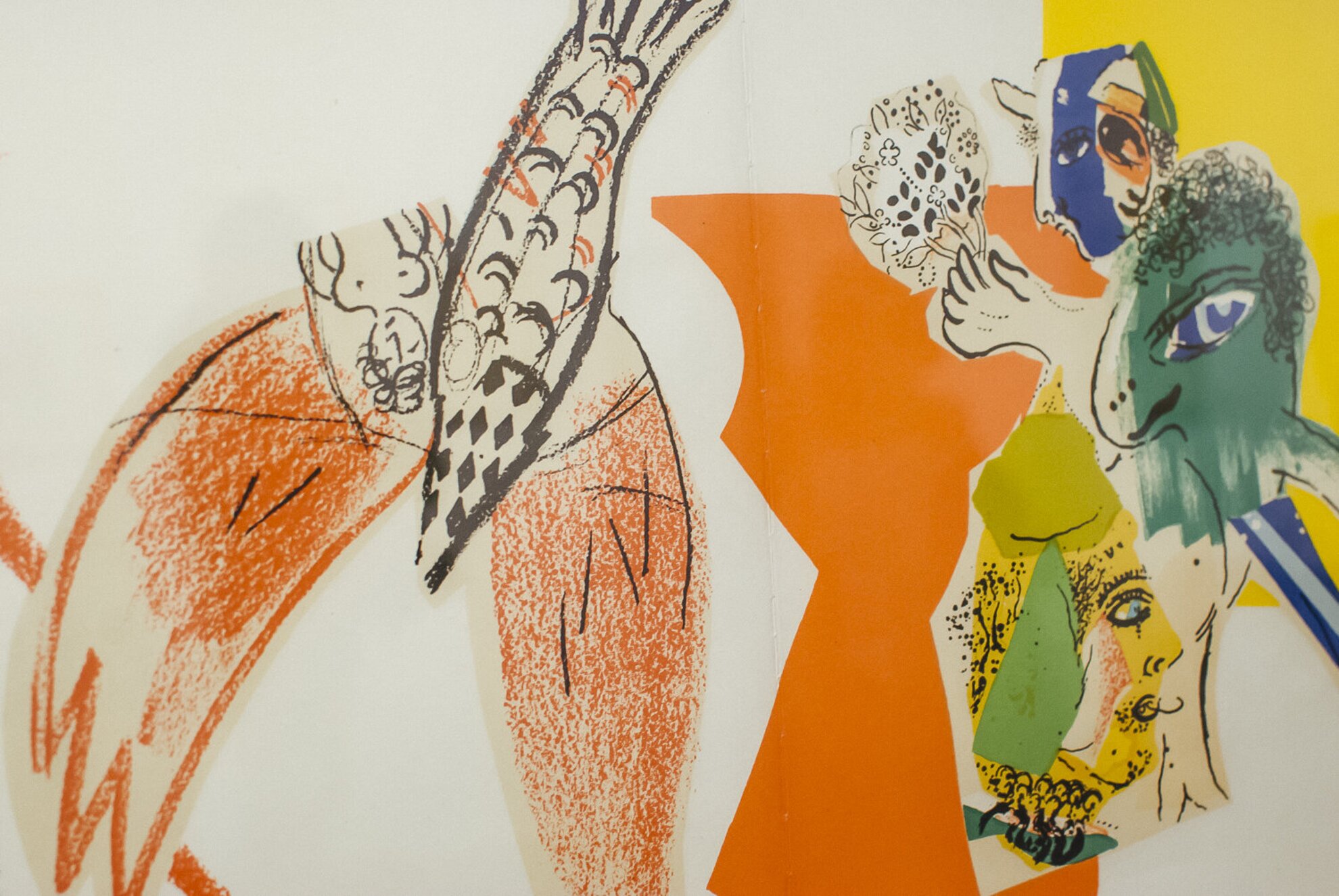
The other private collection belonged to Imre Pán, a co-founder of the European School art group and a key figure of Hungarian avant-garde. He had a multifaceted oeuvre both in Hungary and abroad; he wrote, he launched art magazines and organized exhibitions. In 1957, he emigrated to Paris to start a new life at the age of 53. He created a new living all the while keeping to the fore the good of young artists he considered talented. His collection is comprised of significant Hungarian and international paintings and graphic art, including works by János Mattis-Teutsch, Kassák, Bortnyik,and Szentendre-based artists like Lajos Vajda, Endre Bálint and Dezső Korniss.
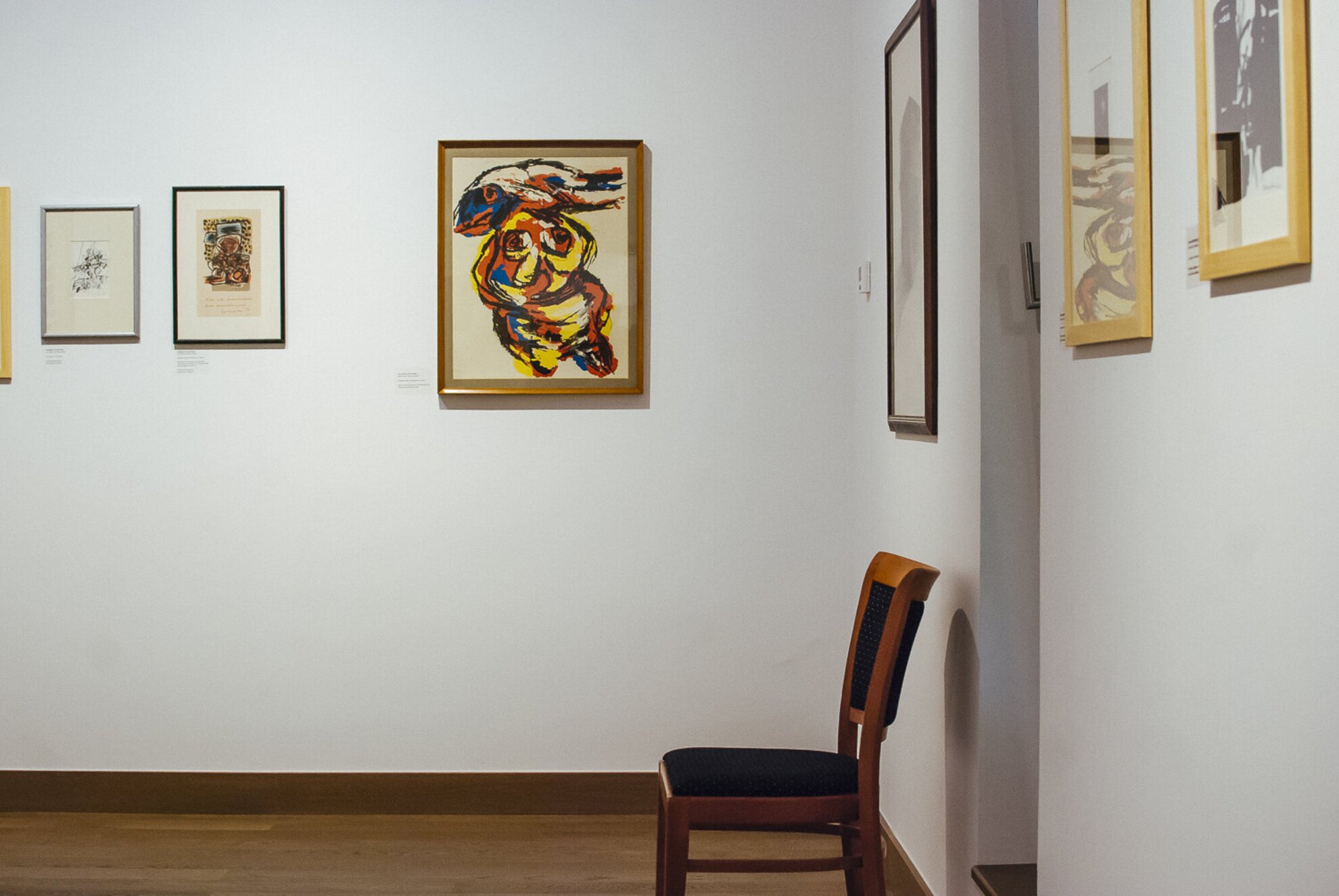
The material from the two collections was organized into one homogeneous exhibition by curators Zsolt Mészáros and Noémi Szabó. Almost all early 20th century art trends - like orphism, abstract expressionism, futurism and surrealism - are represented among the exhibited graphic works of art.
